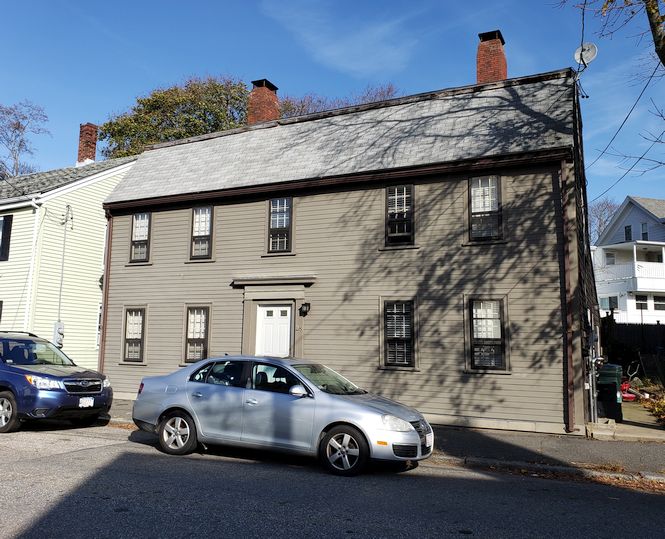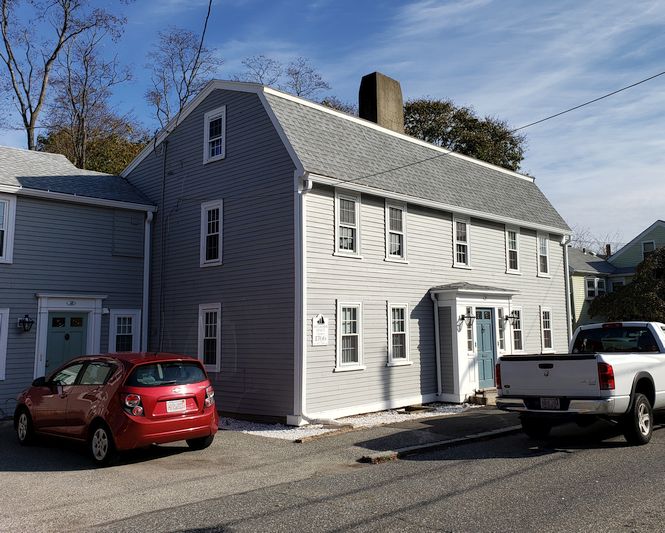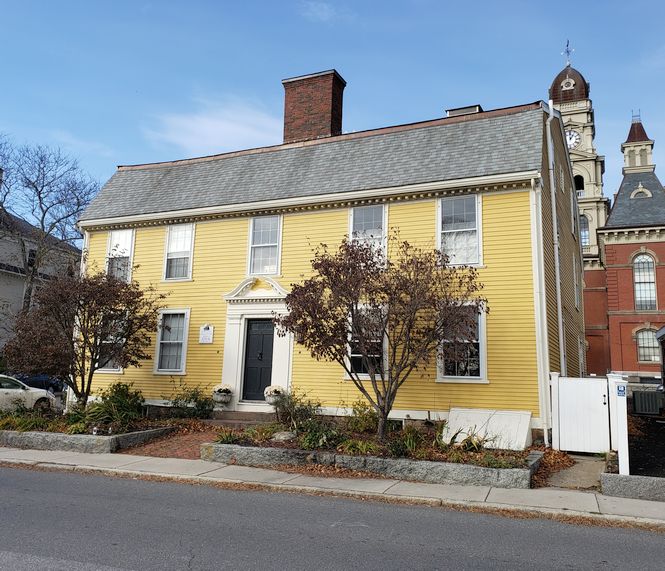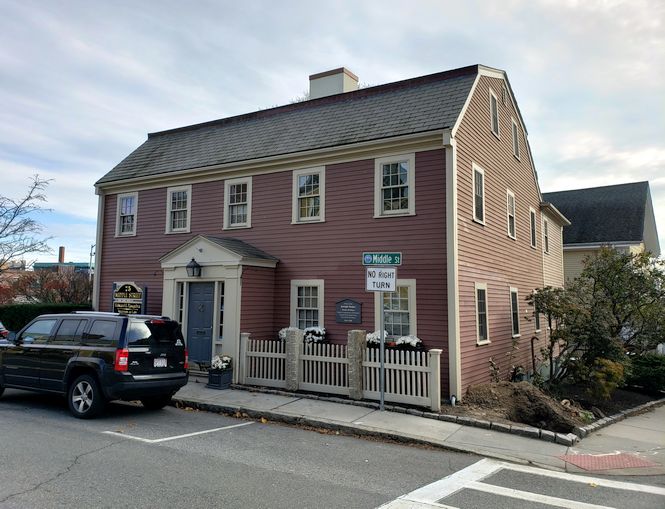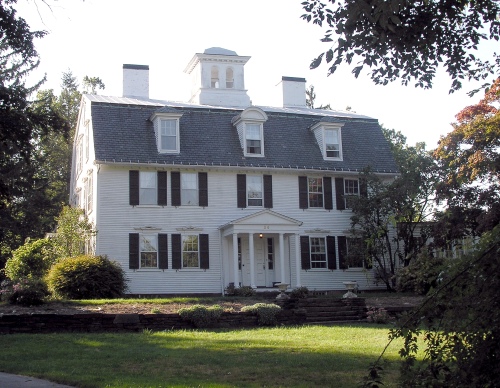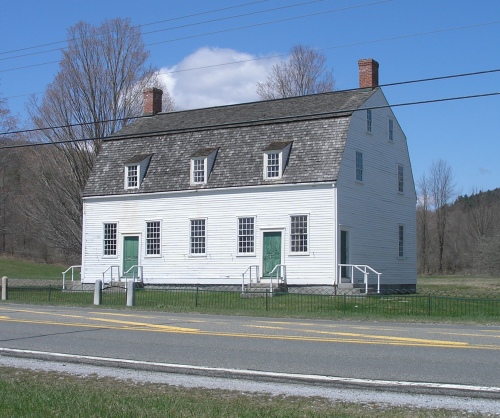Staples-Hutton House (1805)
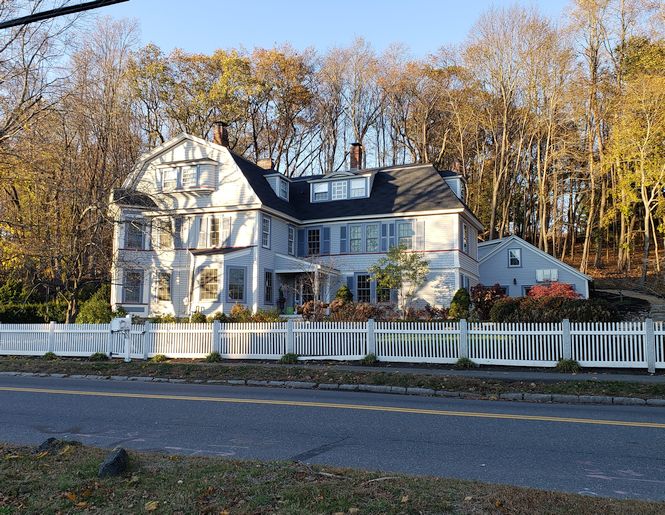
The house at 215 Lexington Road in Concord has undergone a great deal of change over the centuries. The origins of the house lie in a two-story building known as the Old Gun House that once stood on Bedford Street near the center of town. It was built c. 1805 to house the two brass cannons of the Concord Artillery, which had been authorized the previous year. Sometime in the 1860s, developer Samuel Staples (1813-1895) moved the building to the current property on Lexington Road. In the 1840s he had served as the town jailer and in 1846 had jailed Henry David Thoreau for a night for nonpayment of his poll tax. Staples remodeled the former armory as his residence and lived in it for about ten years. In 1883, Benjamin H. Hutton, or Huttman (?), of New York purchased the house for himself and his family and soon after acquired the house at 201 Lexington Road, where his brother-in-law would live for some years. Huttman hired architect John Chapman to expand remodel both homes in the Queen Anne style. The family later had financial troubles and the house was sold at auction about 1911-1912. It was bought by Philip Flavin, a dentist who converted the building into a double house.
